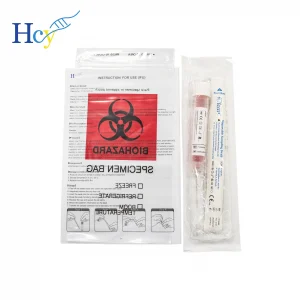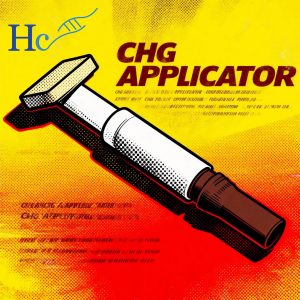A New Frontline in the “Super Flu” Season: Reimagining Diagnostic Testing with At-Home VTM Kits
67As the United States navigates the peak of the 2025-2026 influenza season, public health systems are facing significant pressure. The Centers for Disease Control and Prevention (CDC) estimates tha...
View details A professional supplier of swabs
A professional supplier of swabs


-300x300.jpg)

